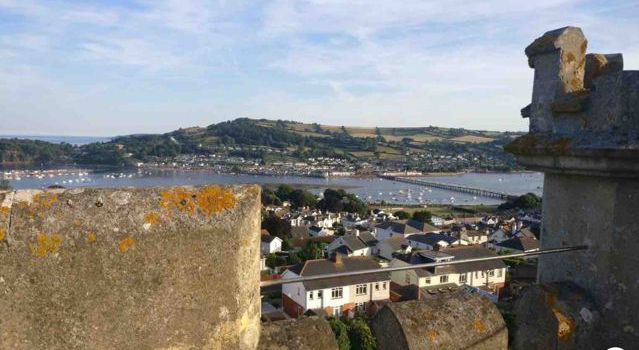
The Building of Yannon Towers
The story of Robert Moir
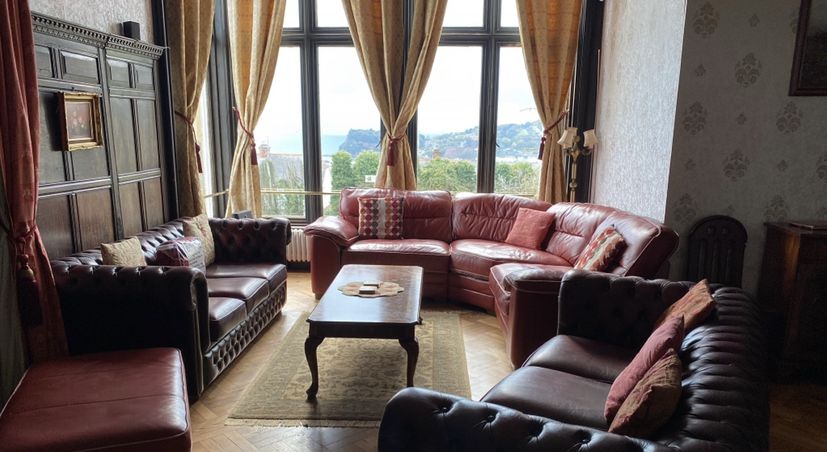
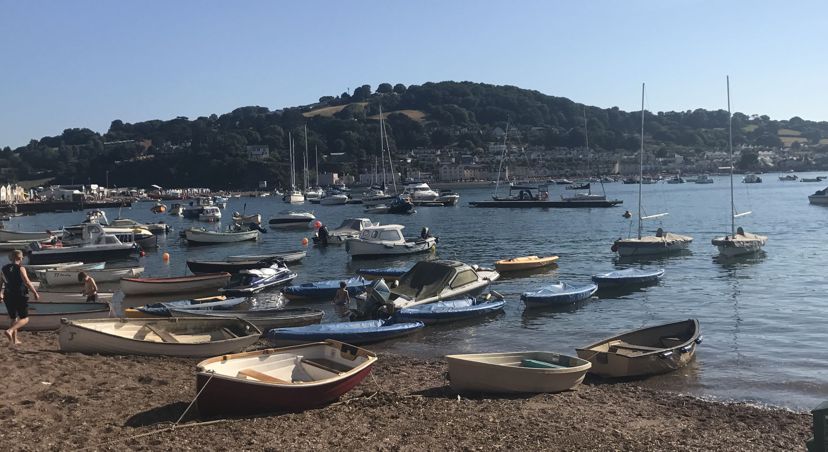
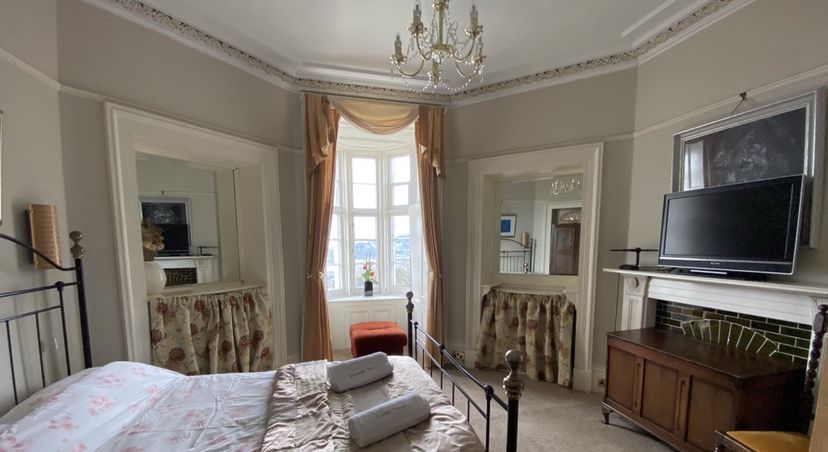
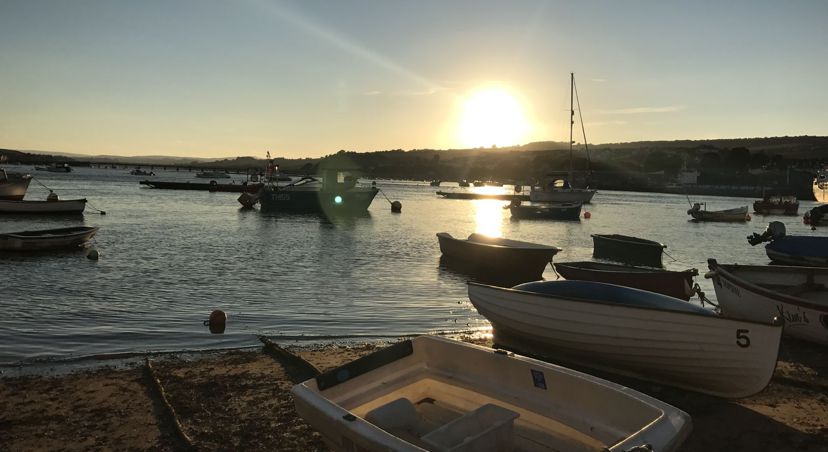
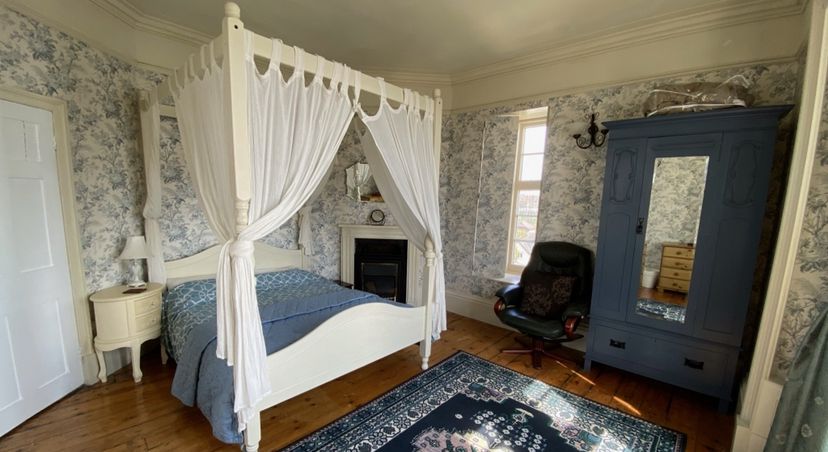
Robert Moir was born in 1801, the fourth child of George and Mary Moir who owned the 'Old Ship Tavern' in Aberdeen. Unfortunately, his mother Mary (Stratton) Moir, died when he was only 2 and his father died when Robert was 12. The Strattons were a relatively wealthy Aberdeen family with links to India and it's likely they took the children in. They were given a grammar school and University education and Robert's brother, George, went on to become Professor of Scots Law in Edinburgh University and Sheriff of Stirlingshire.
Robert never completed his university education, instead he became a wine merchant in Castle Street and, later 23 Adelphi, Union Street, Aberdeen. There are reports of him being 'a character', and it's likely he was well known in the area.
Robert regularly travelled to London, probably on business, and that may be where he met a wealthy girl from Kingsteignton, Devon. His wife-to-be, Judith Lucinda Elizabeth Watts. They married at St Matthew, Friday Street, London on the 18th August 1840, Robert aged 38, Judith aged 24.
Judith was the daughter of Reverend Nicholas Watts, who hailed from Kingsteignton, a man, by all accounts, of some local standing, business acumen and financial substance, including land holdings, a few of which were in Teignmouth.
Robert and Judith moved to Devon and Robert gave up control of his wine merchants in favour of a position as partner within the Watts family bank in Teignmouth.
In May 1849 the Reverend passed away and in the same month, adverts for the sale of Robert's house contents in Aberdeen were posted. The couple immediately started planning their new home and it's highly likely that it was the Watts family land and money that enabled Robert to build such a grand house, although the design and contents were to keep his strong Scottish connection.
Yannon Towers was designed in the Tudor style by Messrs. Mackenzie & Matthews, the well-known architects of Aberdeen. The office of Thomas Mackenzie was in the same street as Robert Moir's wine merchants and less than a mile from the office of John Smith, the architect know as 'Mr Tudor', who's son, William Smith, was commissioned to design Balmoral Castle.
Mackenzie briefly worked for John Smith, so it's highly likely all four knew each other.
In March 1850, notices were posted in the newspapers about the foundation stones for a new mansion being built in Teignmouth. Clearly the design must have been started before this date. Records show that the house, Yannons, was occupied in 1851.
In 1852, after four years of negotiations, Prince Albert and Queen Victoria completed the purchase of the Balmoral land and decided to rebuild the property.
On 7th August 1852, the Western Times reported that 'Queen Victoria and Prince Albert were not only to attend the Torbay Regatta on Monday next, but were to visit the ex-queen of the French, on the Tuesday'. The paper later reported that 'the ex-queen had honoured Mr. and Mrs. Moir with a call at their residence, at Yannon, on Monday'. Even though Robert's brother succeeded Lord Mackenzie to the sheriffship of Stirling, it is highly unusual for royalty to visit the house of a commoner, so it's difficult to believe that the chance to explore the look and feel of the very latest Tudor designs was not the main reason for the visit.
On the 8th of September 1852, the architect William Smith was selected for Balmoral and summoned from Aberdeen. The foundation stone for Balmoral Castle was laid by Queen Victoria on 28th September 1853 and the Castle was completed in 1856.
There were always stories that Yannon Towers had had visits from royalty and was styled on Balmoral, but nothing specific was ever written down.
This new research clearly shows where the stories originated and comparing the photographs in the attached pages we can see clear similarities between the two buildings.
For example, many doors and their surrounds are almost identical, the use of arches, ceiling plaster work, and coving etc. The master fireplace in Yannons was originally thought to be 16th century and carved with the 13 kings of Scotland, however, a closer look shows almost identical carvings on both the Yannons and Balmoral fire surrounds.